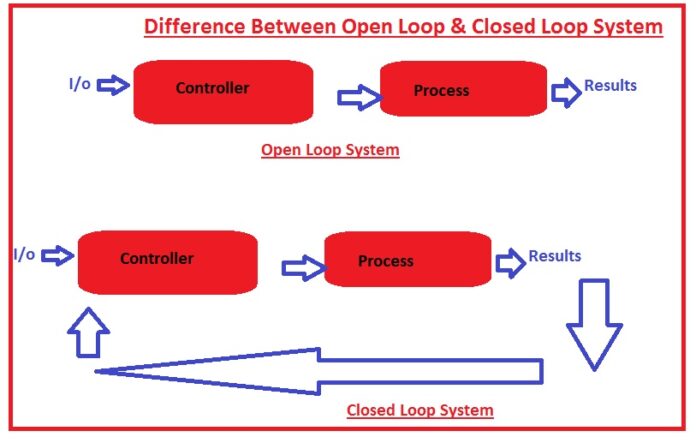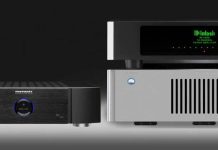The majority of solar hot water systems Gold Coast are classified as either open loop or closed loop. The main difference is easily noticeable. Closed-loop systems increase the temp of a radiator fluid mixture (glycol and water) and transmit the heat to the house’s hot water; open-loop platforms, on the other hand, preheat the water you’ll be using. The best solar hot water system you can get from Same Day Hot Water Service with the best offers.
When users live in a location where the weather remains above zero, you could be able to get away with a less complicated open-loop system. A closed-loop system is a way to go if you reside in an area where the weather is under zero for the majority of the year.
The open-loop model is the most common
A batch collector, or even integral buyer storage device, is the most common open-loop type. Large-diameter piping or one or more holding tanks are fitted within a covered box with two or three times glazing. When there is enough sunlight, batch collectors are often hooked into the home’s water supply and feed the hot water heater with warm water, or bypass it. A batch collector’s downside is that it is frequently used as a storage container. This means that if you don’t utilize your domestic hot water straight away, you’ll lose the heat it contains.
A level plate gatherer shape that streams water into a covered stockpiling compartment is a considerably more useful open-circle item. Water is contained in a progression of copper pipes put in an intensity retaining dark plate in these secured and strong boards. A circulator driven by power is utilized in practically all frameworks, nonetheless, photovoltaic siphons are likewise accessible.
The Thermosiphon System
The thermosiphon framework is an open-circle framework that incorporates a gatherer and a stockpiling holder, yet it utilizes convection to convey warmed water all through the framework. The covered repository is normally tracked down in the upper room region. Water is directed from the upper room water tank to the home’s boiling water framework.
On the off chance that you live in a space that stops consistently, either kind of open-circle framework can be set up to pivot heated water from the capacity supply to the gatherer as the temperature decreases to abstain from freezing. On the opposite side, this is unsafe in light of the fact that it could obliterate the framework’s hot and cold temperature receptors Furthermore, it wastes heat and even consumes electricity; as a result, these types of systems are not suitable for many Australian climates.
Conclusion:- A well-insulated storage container is required for the majority of solar hot water systems. Solar storage containers serve as a source of energy for and from the collector, as well as an alternate exit. The solar water heater heats up regular water immediately before it reaches the regular hot water heater in two-tank systems. In a one-tank system, the genuine backup heating unit is combined with the solar storage in a single container.
































